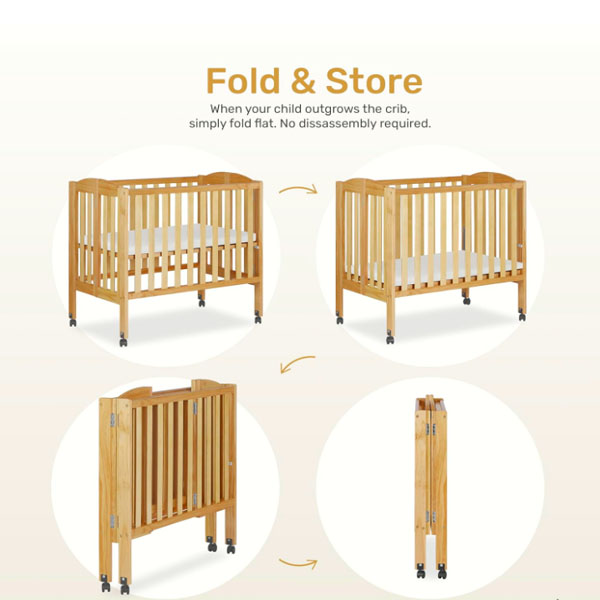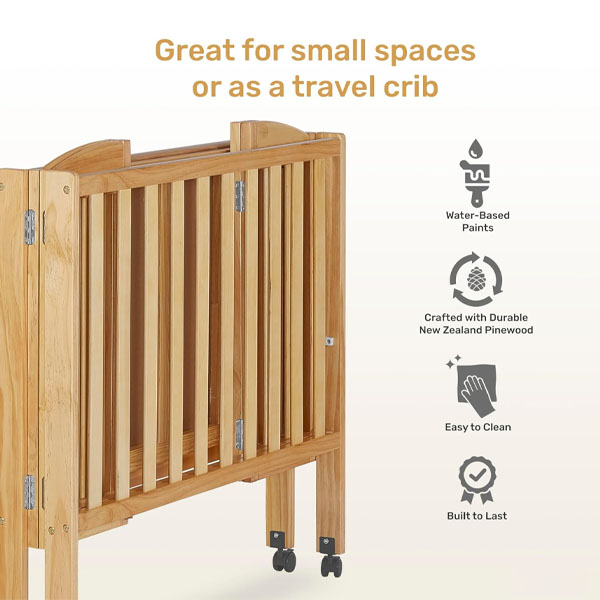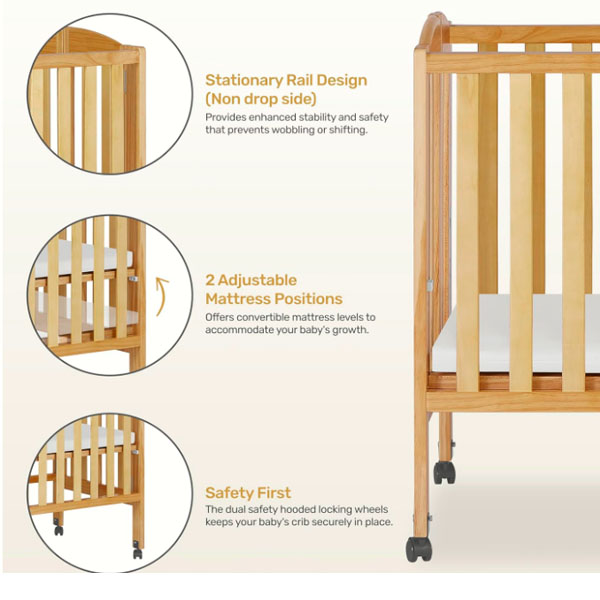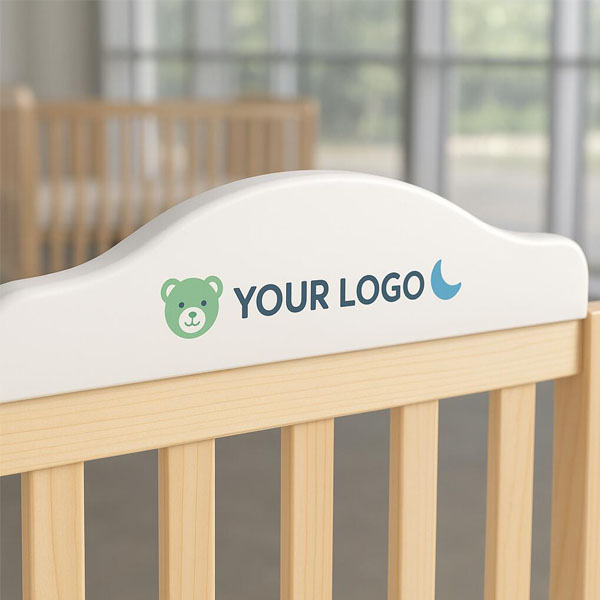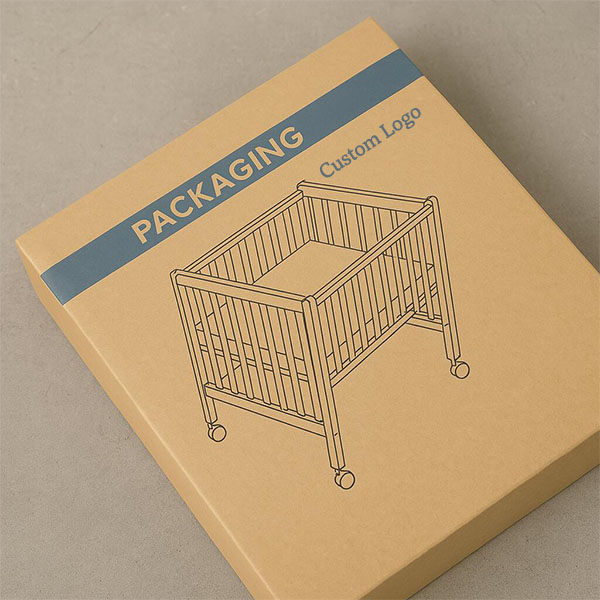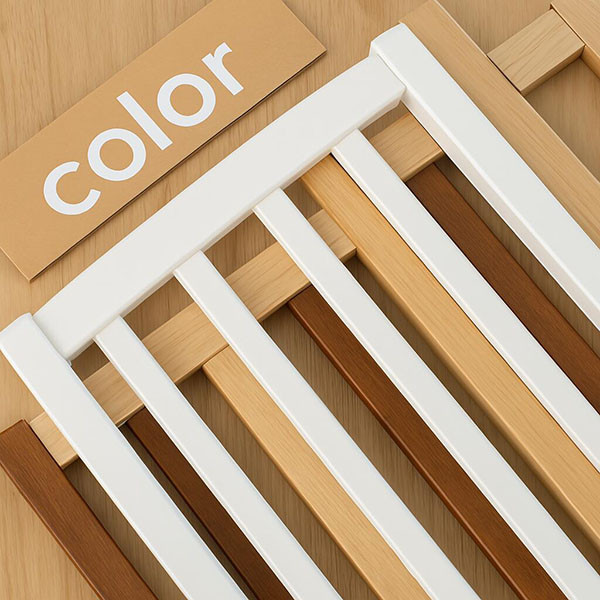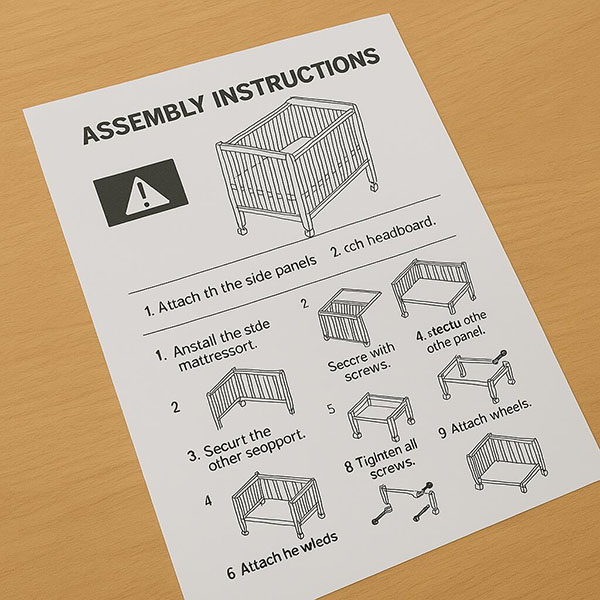Is a crib with a changing table worth it?
Choosing nursery furniture is overwhelming. Combination units seem smart, but you worry they’re a compromise. The key is knowing if they fit a modern family’s long-term needs.
A crib with a changing table is worth it for families in smaller homes. It saves space and offers integrated storage. The best value comes from modular designs where the changing unit can be detached and repurposed later, extending the product’s life beyond the diaper stage.
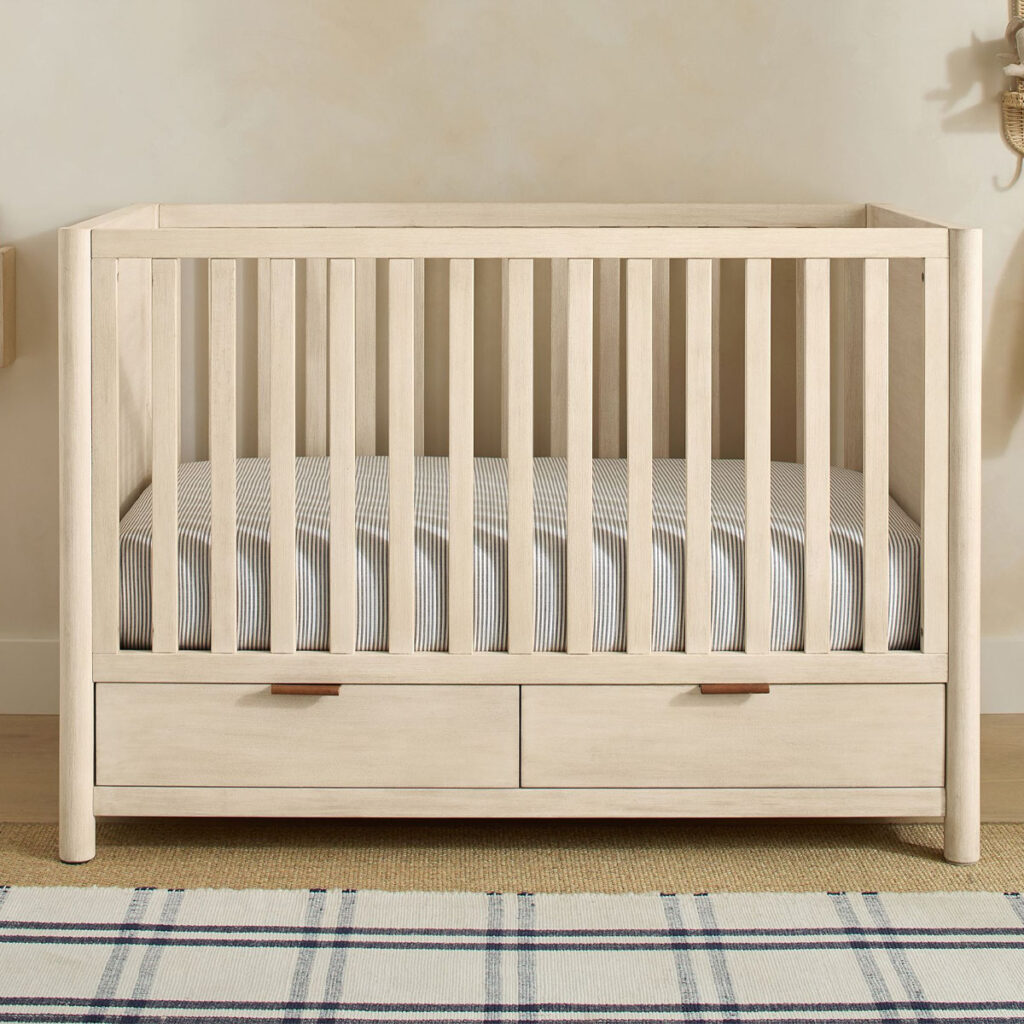
As a manufacturer, I see trends shift. Young parents today are incredibly focused on efficiency and making the most of their space. This has made combination furniture very popular. But before we look at these clever designs, it’s essential to start with the basics of what makes any crib a good, safe choice. It’s the first thing professional buyers and I discuss.
What should you avoid when buying a crib?
A beautiful crib catalog can be deceiving. A wrong choice can mean safety recalls and a damaged brand reputation. Knowing the red flags is your most important quality check.
Avoid any crib without current safety certifications like EN 716 and ASTM F1169. Steer clear of suppliers who are not transparent about their materials, and never accept particleboard for structural parts. A price that seems too good to be true is a major red flag.
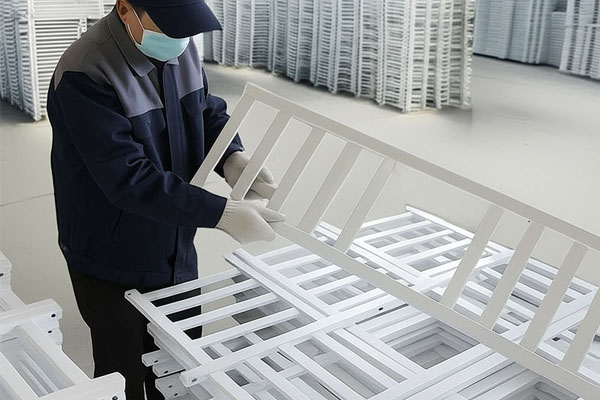
When I work with buyers like Sophia from Germany, our conversation always starts with the non-negotiables. We spend more time on what to avoid than what to include, because mistakes here are simply too costly. It’s not just about what is in the crib; it is about the honesty of the supplier behind it.
Critical Red Flags to Watch For
A professional buyer must have a sharp eye for warning signs. A low price can hide many problems.
- Vague Safety Claims: A supplier should provide you with copies of their current safety certificates without hesitation. If they say it’s "compliant" but cannot produce the paperwork, walk away.
- Poor Material Quality: The frame, legs, and slats must be solid wood. Some factories try to cut costs by using MDF or particleboard. These materials do not have the structural integrity to keep a child safe and will not pass required strength tests.
- Lack of Transparency: You have a right to know everything. Ask where the wood comes from. Ask what brand of paint they use. Request a factory audit. A trustworthy partner will welcome these questions. A partner with something to hide will make excuses.
- Outdated Designs: Any crib featuring a "drop-side" is an immediate disqualification. These designs have been banned in many countries for years because they are incredibly dangerous.
Your brand’s reputation rests on the safety of your products. There is no room for compromise here.
Should I get a crib with a changing table?
You’re trying to furnish a small nursery. A combo unit looks like a perfect solution, but you wonder if it is a smart long-term investment. The answer lies in its design.
Yes, if you need to maximize space, a crib with a changing table is an excellent choice. Look for a modular, convertible model where the changing station can be detached later. This allows it to become a separate nightstand when the crib converts to a toddler bed.
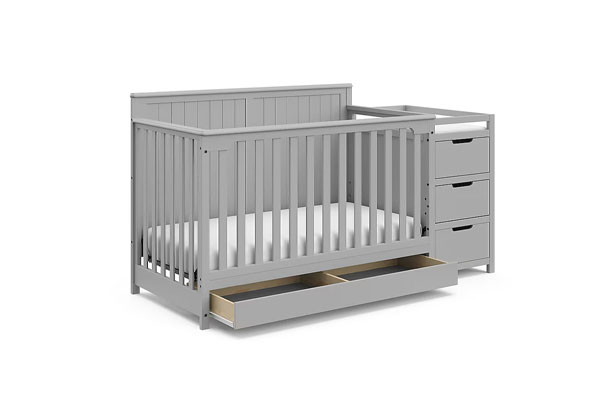
This is one of the biggest questions I get from modern brands. The answer has changed over the years. Today’s parents view furniture differently. They want smart, high-function pieces that serve multiple purposes. The changing table is what we call "transitional furniture"—it has a limited use period. So, a successful product must plan for what comes next.
The Rise of Modular Nursery Furniture
The trend is moving away from single-use items. A forward-thinking design anticipates the family’s needs.
- High Storage Integration: Parents need storage. A good combo unit has deep, usable drawers and shelves built in.
- Designs for Easy Use: The changing area should be at a comfortable height, with railings for safety and space for supplies.
- Modularity and Second Life: This is the key. The best designs allow the changing unit to be unbolted from the crib. When the child is older, the crib becomes a toddler bed or daybed, and the changing unit becomes a standalone nightstand. This feature dramatically increases the product’s value and lifespan.
| Feature | Combo Crib/Changer | Separate Crib + Dresser |
|---|---|---|
| Footprint | Very small, consolidated | Larger, requires more floor space |
| Initial Cost | Often lower than two separate pieces | Higher initial investment |
| Longevity | Good, if modular and convertible | Excellent, a dresser is useful for years |
| Best For | Small apartments, budget-conscious parents | Larger rooms, long-term flexibility |
For buyers, offering a product that solves the space problem now and the "what do I do with this later" problem down the road is a huge competitive advantage.
What is the alternative to a changing table?
Don’t have space for another piece of furniture? A standalone changing table can feel bulky and temporary. Luckily, there are many versatile and efficient alternatives.
The most popular alternative is placing a contoured changing pad on top of a low, sturdy dresser. This uses existing furniture. Other great options include portable changing pads for use on a bed or floor, or wall-mounted, fold-down changing stations for very small spaces.

While combo units are a great solution, they are not the only one. Many parents prefer to keep the crib as a simple, dedicated sleep space. In my experience, the choice often comes down to the size of the room and the family’s lifestyle. It’s smart to understand the full range of options that your customers are considering.
Popular Changing Station Solutions
- The Dresser-Top Changer: This is the go-to for many parents. They buy a standard dresser that will grow with the child and simply add a changing pad with a non-slip base and safety straps on top for the first couple of years. It’s practical and cost-effective.
- Portable Changing Mat: This is a simple, padded mat that can be rolled or folded up. Parents can use it on the floor, on their bed, or take it with them when they travel. It offers maximum flexibility but lacks storage.
- Wall-Mounted Changing Table: These are fantastic for tiny apartments. They fold down from the wall when needed and fold up neatly when not in use. They often have small shelves for holding wipes and diapers.
- Playard with Changer Attachment: Many portable playards (or pack ‘n plays) come with a removable bassinet and changing table attachment on top. This is a great all-in-one solution for travel or for a secondary changing spot downstairs.
The key for all these alternatives remains the same: safety must always come first.
When should you stop using a changing table?
Your baby is getting bigger and more mobile. Using that changing table feels less secure every day. Knowing when to stop is a critical safety decision.
Stop using a changing table when your baby reaches the weight limit set by the manufacturer, usually around 30 lbs (13.6 kg). More importantly, stop as soon as they become too active to lie still, can roll over consistently, or can sit up on their own.

This is a question I discuss with brands because it relates to the product’s entire life cycle. The changing table is temporary by nature. Its lifespan is determined by two factors: the physical limits of the product and the developmental stage of the child.
The Two Triggers for Transition
It’s not about age; it’s about weight and activity.
- Manufacturer’s Weight Limit: This is a hard rule. Every changing table or combo unit we build is tested to a specific weight. Exceeding this limit can cause the structure to fail. This information must be clearly stated in the product manual. For most standard changers, this limit is around 30 pounds.
- The ‘Wiggle’ Factor: This is the parent’s judgment call, and it’s arguably more important than weight. The moment a baby can flip over with force or push themselves up into a sitting position, the risk of a fall from an elevated surface increases dramatically. At that point, it is safest to transition to changing them on a pad on the floor. This usually happens long before they reach the weight limit, often between 1 and 2 years old.
Understanding this limited lifespan reinforces why modular designs that allow the changer to be repurposed are so valuable to consumers.
Is it common for babies to fall off changing tables?
You get distracted for just a single second. Answering the door, grabbing a towel. But that is all it takes for an accident to happen. Falls are a serious, preventable danger.
Yes, falls from changing tables are distressingly common and a frequent cause of infant injuries. These accidents nearly always happen in a split second of distraction. The golden rule is to always keep one hand on the baby and have all your supplies within reach before you start.
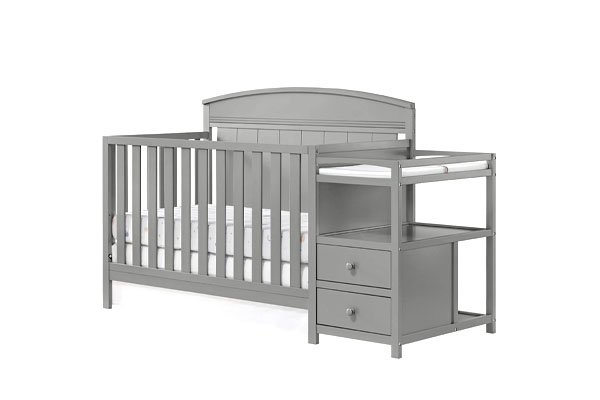
Of all the safety topics, this one is the most user-dependent. We can build a changing table with high railings and a safety strap, but we cannot eliminate the risk of human error. That’s why educating the end-user is so important. As a manufacturer, I feel a responsibility to help brands communicate these safety rules clearly.
The Three Rules of Changing Table Safety
Every product manual and marketing message should emphasize these points. They are not suggestions; they are rules.
- The One-Hand Rule: This is the most important rule of all. From the moment the baby is on the table until they are safely back in your arms, one of your hands should be physically on them at all times. No exceptions.
- Use the Safety Strap: The strap is there for a reason. It’s a backup, not a substitute for your hand, but it should be used every single time. It can prevent a sudden roll from turning into a fall.
- Prepare in Advance: Get everything you need—diaper, wipes, cream, a clean outfit—and place it within arm’s reach before you put the baby on the table. Most accidents happen when a parent turns away to grab something they forgot. Preparation prevents distraction.
Can a baby sleep on a changing table?
The baby dozed off during a diaper change. It seems risky to move them, but leaving them there feels wrong. The answer must always be clear and immediate.
No, a baby must never be left to sleep on a changing table. They are not safe for unsupervised sleep. The surface is too soft, there are no proper enclosures to prevent falls, and a safety strap is not a substitute for a safe sleep environment like a crib.

This is a question where there is absolutely no grey area. The answer is always no. A changing table is a workstation. A crib is a safety device for sleep. The two are not interchangeable. Allowing a baby to sleep on a changing table violates every principle of safe sleep.
Comparing a Changer to a Safe Sleep Space
Let’s look at why it’s so dangerous. The widely accepted rules for safe sleep are that a baby should sleep Alone, on their Back, in a Crib (or bassinet).
- Fall Risk: A sleeping baby can still startle or roll. The low railings of a changing table will not contain them.
- Suffocation Risk: The changing pad is often soft and contoured. If a baby rolls onto their stomach, their face can press into the soft padding, obstructing their breathing. A crib mattress is required to be firm for this very reason.
- Entrapment Risk: There can be small gaps between the changing pad and the side railings where a baby’s head could become trapped.
No matter how peaceful they look, a baby who has fallen asleep on a changing table must be moved immediately to their crib. The risk is simply too great.
Conclusion
A crib with a changing table is a smart choice for modern homes if it’s modular. Prioritize convertible designs that grow with the family, but never forget the core rules of safety.




